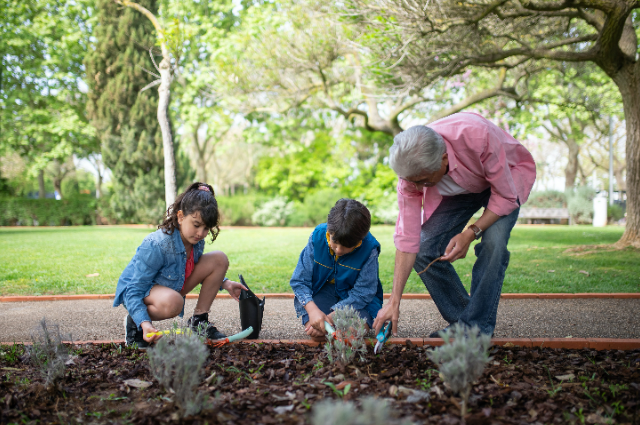
Schools not only nurture the child but can also generate nutritious gardens with the help of children from schools as in the case of Goa. Over the last two years, the number of government and aided schools that nurture their own nutrition gardens has increased exponentially. From 121 two years ago, today 635 schools have nutrition gardens as per the recommendations under a Central Scheme.
An offshoot of urbanisation and the consequent environmental challenges led the Central Government as part of the midday meal scheme to ask schools to develop nutrition gardens with the involvement of students. The scheme is meant to shape the behaviour of students in relation to environmental growth. The project also aims at teaching children the nutritional value of vegetables and herbs. It shall call for an inclusive, practical, and participant methodology for learning.
The State Government has developed school nutrition gardens in 635 schools out of 1,247 schools. It was informed that the setting up of school nutrition gardens in 351 schools is in progress. The Project Approval Board advised the State Government to make concerted efforts for the development of nutrition gardens in all schools. The Board shall also seek for the implementation of the review scheme.
Gardening is expected to help inculcate in the students the habit of growing vegetables and fruits. In many states, where the midday meal is cooked within the premises of the school, the produce from the nutrition garden is added to the meal to improve it's nutritional value.
The Board shall work out to open more such nutrition gardens in the remaining schools in correspondence with the Local Krishi Vigyan Kendras, and the agriculture and horticulture departments. The funds available under MGNREGA of the Department of rural development can also be used in convergence to the development of gardens. It has been suggested to achieve 100% coverage in schools in Goa with nutrition gardens.
For schools that don't have vacant plots for gardening work can develop gardens in containers on building roofs. The guidelines require the students to be involved in the gardening activity for two hours a week.
. . .
Reference:
- m.timesofindia.com
